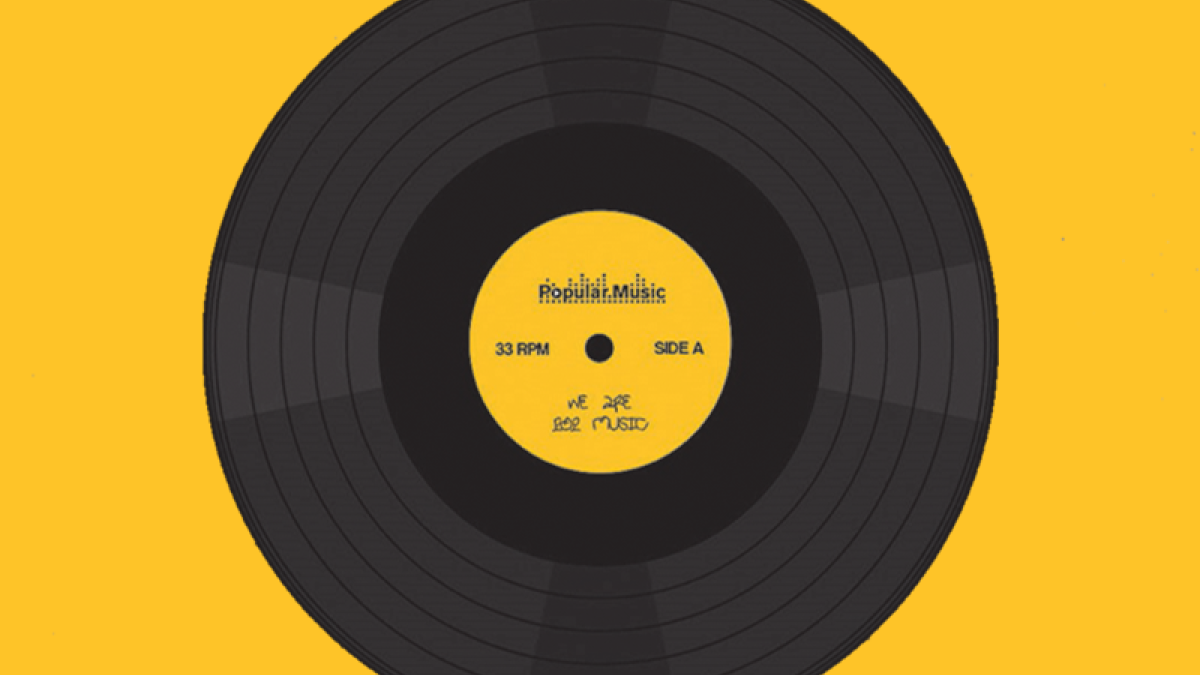Arizona State University’s popular music program in the School of Music, Dance and Theatre is presenting a popular music industry conference for students and the community to engage in conversations about how to navigate the current and future music industry.
The Popular Music Industry Career Conference on Saturday, March 25, features both local and national industry professionals from New York City to Los Angeles.
The popular music program is a contemporary, industry-focused degree program that prepares students for today's music industry by creating multidisciplinary creative professionals who are entrepreneurial, collaborative and lifelong learners.
“The strategically placed popular music program in downtown Phoenix is embedded in the cultural hub of what's going on in the city,” said Erin Barra-Jean, director of the popular music program and assistant professor in the School of Music, Dance and Theatre.
She said the program wanted to put on an event that brings people together around a common idea or common learning experience — to create community and to stimulate the industry that exists in the area.
“We want to be an active participant in the development of the music industry in Phoenix,” said Barra-Jean.
Barra-Jean said they also want to create opportunities for students to interface with the industry and have interactions that are not strictly classroom-based, where students can practice their soft skills, have conversations and make connections with people who will remain contacts once they leave ASU.
She said the conference is intentionally programmed with diversity across job types, job levels and identity so students can see themselves reflected in career possibilities. Presenters range from top-level vice presidents in the industry to entrepreneurs building their careers.
Barra-Jean said students often have a narrative about what the music industry is that is typically far off from the reality. .
“Not everybody gets to be a rock star,” said Barra. “Some of us have to be the music executives.”
In addition to student attendees, she said, there will be a lot of local industry attending. She said anyone who is interested in knowing about how the music industry works and being a part of it in some capacity will find the conference worthwhile.
The conference is planned to be an annual event.
“We are really uniquely positioned to have a large impact, long term,” said Barra. “Phoenix could easily become the next Austin, Texas, with the influx of incredibly diverse people and the demand for culture and development being very strong right now. We're in a unique position where we are an educational institution in a city that is global. My hope is that we play a really active part in what happens to the music industry here in Phoenix, and this is step one.”
The conference will be held in the program’s state-of-the-art facilities at Fusion on First in downtown Phoenix.
Conference programming consists of panels, conversations, master classes, listening sessions, jams and workshops, as well as a networking lunch with performances from noon to 2 p.m. at the nearby Crescent Ballroom.
A list of industry presenters, a conference schedule and ticketing information are available at the Popular Music Industry Career Conference event page. The event is free for all current students and educators in the state of Arizona. The event is open to the public with an all-day ticket cost of $100.
More Arts, humanities and education

ASU's Pen Project helps unlock writing talent for inmates
It’s a typical Monday afternoon and Lance Graham is on his way to the Arizona State Prison in Goodyear.It’s a familiar scene.…

Phoenix civil rights activists highlighted in ASU professor’s latest book
As Phoenix began to grow following WWII, residents from other parts of the country moving to the area often brought with them Jim…

Happy mistake: Computer error brings ASU Online, on-campus students together to break new ground in research
Every Thursday, a large group of students gathers in the Teotihuacan Research Laboratory (TeoLab) in the basement of the…


